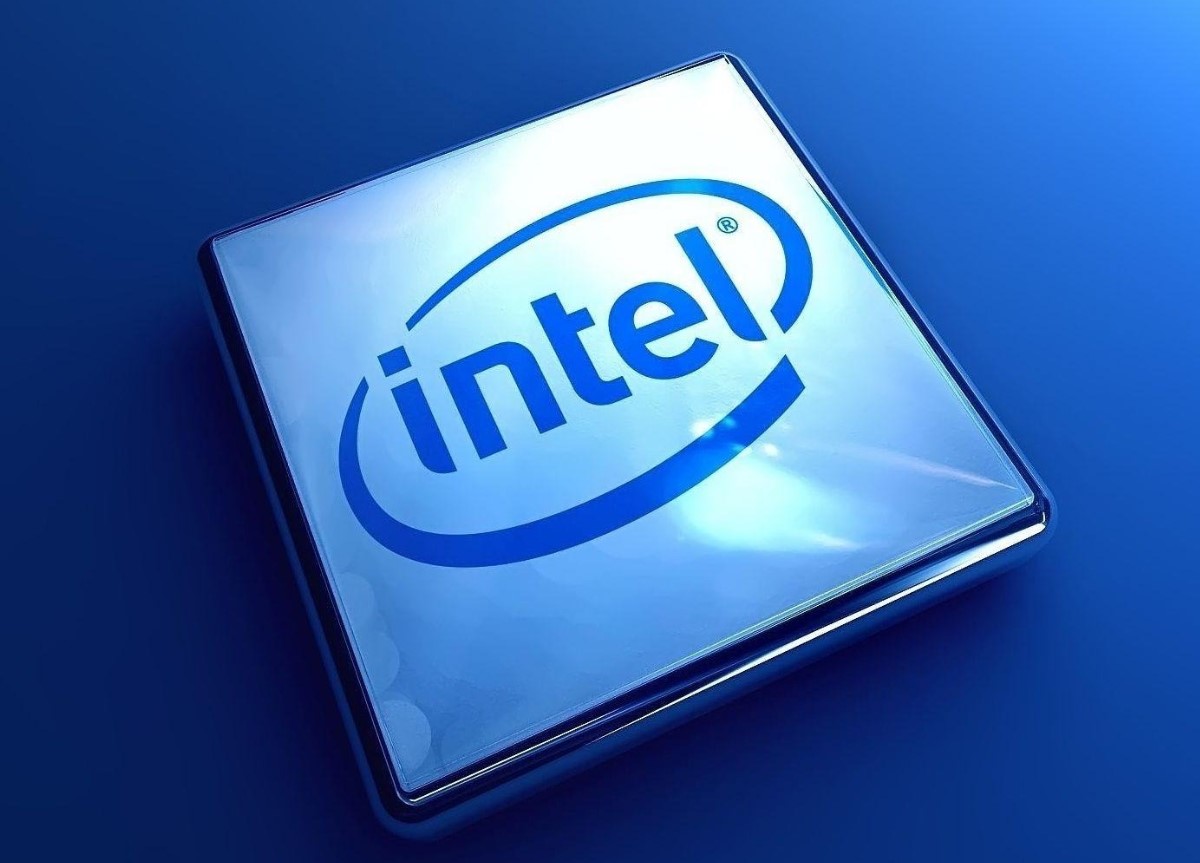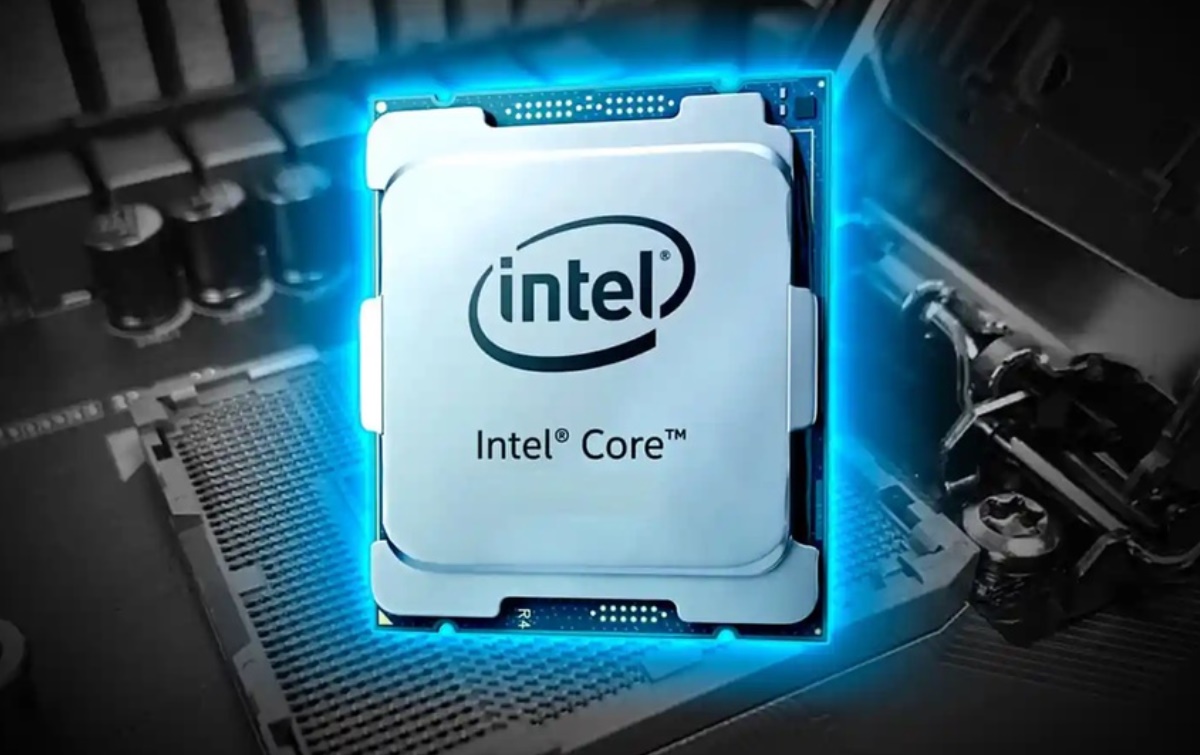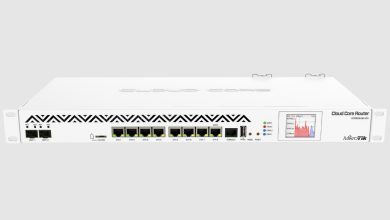12th Gen Intel Core i10 Processors: What You Need To Know
 The Intel Core family of streamlined midrange central processor units (CPUs) for consumer, workstation and enthusiast computers is sold by Intel Corporation. At the time of their debut, these CPUs replaced the mid-to-high-end Pentium processors, pushing the Pentium to the entry-level. Core CPUs are also offered as Xeon processors in identical or enhanced variants for the server and workstation markets.
The Intel Core family of streamlined midrange central processor units (CPUs) for consumer, workstation and enthusiast computers is sold by Intel Corporation. At the time of their debut, these CPUs replaced the mid-to-high-end Pentium processors, pushing the Pentium to the entry-level. Core CPUs are also offered as Xeon processors in identical or enhanced variants for the server and workstation markets.
The complete array of Intel’s second 10-generation processors, dubbed Comet Lake, has been made public. The new range has some distinctions from the 10th-generation Ice Lake processors and some excellent advancements that make it worthwhile to consider in the long term.
The new SKUs are also part of Intel Project Athena, which intends to improve a few critical aspects of laptop functionality to make them always-on connectivity devices. Now, let’s examine the main features of the new 10-generation Intel Core CPUs made for laptops and 2-in-1 devices.
12th Gen Intel Core i10 Processors: Everything You Need To Know
All new processor SKUs are part of the U-series or Y-series lineups, both intended for usage in ultra-portable or power-efficient laptops and convertibles. The Core i7-10710U, which introduces a six-core CPU to the Intel U-series for the first time, is the top SKU.
Even though they have six cores and are of the tenth generation, the new processors will not include Intel Gen11 graphics and will continue to use previous graphics processors. This means the new processors presented here are exclusively intended for online work, mid-level productivity, or content consumption.
The other two SKUs are Core i5 and Core i7 variations, except for the Core i3-10110U (which has a dual-core design). These have quad-core architectures, comparable graphics capabilities, and support for LPDDR4, LPDDR3, and DDR4 memory chips.

Significant Improvement in Performance
The improvement in total performance may be more significant; according to Intel, the flagship chip has a 41 per cent quicker productivity rate and a 16 per cent greater core performance than its predecessors. The Y-series SKUs in the 10th generation Comet Lake portfolio, except the dual-core i3-10110Y, all feature quad-core configurations.
These chips all work well in ultra-thin, ultra-portable laptops and convertibles and are still compliant with the LPDDR3 memory standard. This results in a significant performance improvement; however, it might not be as dramatic of an upgrade for less than a year old laptops.
Staying at 14 nm
The Comet Lake series is essentially Intel’s entry-level offering despite having better cores, threads, and overall performance, which is the only criticism of the new lineup. This indicates that it uses an upgraded version of the 14nm CPU fabrication node rather than the more expensive 10nm fabrication node. The lack of Intel Gen11 graphics due to its 14nm standard detracts somewhat from the shine of the new lineup.
In addition, Intel has announced the commercial availability of its new 10th-generation processor portfolio, claiming that various OEMs would start selling laptops and convertibles equipped with the new Comet Lake CPUs in October, just before the start of the holiday shopping season.
Intel Core i7 10th Gen 10700 Price Overview :
Do you Want to know the Intel Core i7 10th Gen 10700 Processor Price in the USA? So, let’s discuss the price of the Intel Core i7 10th Gen Processor in the USA in 2024. Computer Importer offers you the lowest Intel Core i7 10th generation price in the United States, which is around $100 only.






